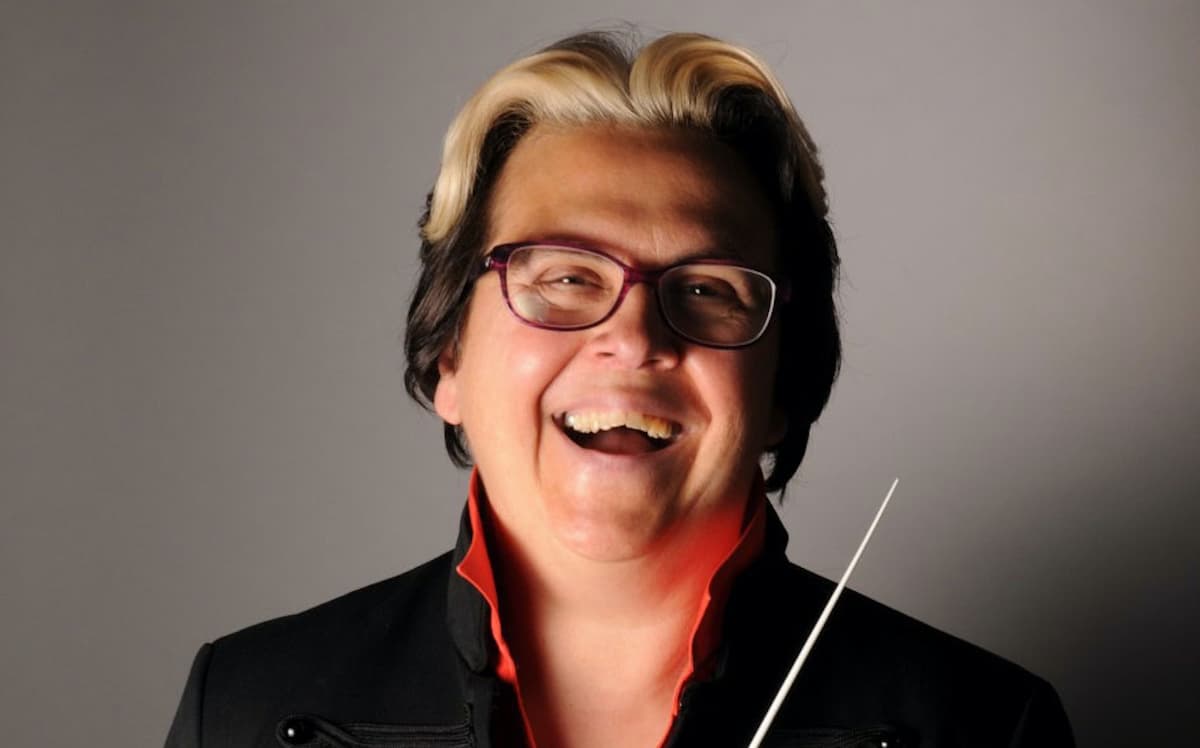
Tanya Ekanayaka
Her recent release, Twelve Piano Prisms, takes the 12 notes of the scale and uses them as the basis for a wonderful set of works that are inspired not only by Sri Lankan vannam melodies but also by melodies from the other countries and continents.
The 18 classic Sri Lankan vannam melodies date back to the 16th and 17th centuries and were inspired by nature, history, legend, folk religion, folk art, and sacred lore. Each is composed and interpreted in a certain mood (rasaya) or expression of sentiment. The eighteen classical vannams are gajaga (elephant), thuranga (horse), mayura (peacock), gahaka (conch shell), uranga (crawling animals), mussaladi (hare), ukkussa (eagle), vyrodi (precious stone), hanuma (monkey), savula (cock), sinharaja (lion), naga (cobra), kirala (red-wattled lapwing), eeradi (arrow), Surapathi (in praise of the goddess Surapathi), Ganapathi (in praise of the god Ganapathi), uduhara (expressing the pomp and majesty of the king), and assadhrusa (extolling the merit of the Buddha). Ekanayaka uses 8 of the vannam in her Prisms.
If we look at just 3 of her Prisms, we see vannams combined, vannams combined with a Scottish folk song, and a vannam combined with a traditional Native American melody. This kind of writing, using the music of the entire world as inspiration, is a distinctly modern conceit.

Tanya Ekanayaka at the piano
Ekanayaka: Piano Prism No. 3. C – Emerald Lapwing Karpet (Tanya Ekanayaka, piano)
In Piano Prism No. 4 in D flat, for example, she mixes the iconic 19th-century Scottish folk song Auld Lang Syne, and the Sri Lankan Surapathi vannam.
Ekanayaka: Piano Prism No. 4. D Flat – Intuition, Auld Lang Syne & An Asian Sacred (Tanya Ekanayaka, piano)
In Piano Prism No. 8 in A, Ekanayaka looks to Native American Zuni culture and combines a Zuni sunset song with a vannam on the conch shell.
Ekanayaka: Piano Prism No. 8. A –Zuni Sea (Tanya Ekanayaka, piano)
The other tracks are equally interesting, combining the vannams with traditional Sri Lankan songs and taking inspiration from nature, such as the homeless cat who came to live with her, or jungle bees (both the song and the insect). Ekenayaka’s use of international melodies as her inspiration truly puts her in a new class of composition.


